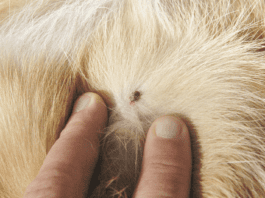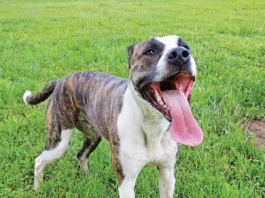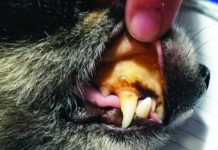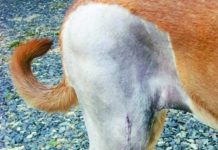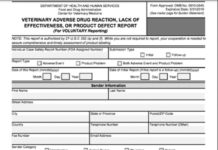Tea Tree Oil Diffusers Are Toxic to Dogs
While some essential oils can benefit dogs, others are extremely dangerous - especially when used in their concentrated form. Tea tree oil demands extra caution around dogs, cats and small children. Although exposure to any essential oil is generally most concentrated when it directly contacts skin, tea tree oil diffusers and liquid potpourri present specific health concerns to dogs. These items release essential oils like tea tree continually into the air, risking exposure by inhalation.
Dog Stung By A Bee? Here’s How to Treat It
Hives, wheals, and welts are a moderate reaction to stings. Just like their human counterparts, dogs who have been stung can break out in unsightly hives. These are usually very itchy and uncomfortable. The first sign often noticed is the dog rubbing along furniture or scratching at the face and eyes. The hives may manifest as bright red streaks or lumps all over the body or be confined to a single place.
Teach Your Dog to Relax Around Bees
Just like a good skunking doesnt stop most dogs from going after those black-and-white critters again the next time (darn it!), there are many dogs who seem goaded into more intense bee-chasing behavior after an unfortunate encounter of the stinging kind. Conversely, there are also dogs who become literally phobic about all small, flying creatures after a stinging incident. Then there are those who develop an obsessive-compulsive behavior known as fly-snapping.
Liver Disease in Dogs
Signs of liver disease can include lethargy, decreased appetite, vomiting, diarrhea, bruising of the skin (small patches of bruising are called petechiae; larger patches are called ecchymoses), abdominal distention, weakness, and a yellow tint to the skin and gums (called jaundice or icterus).
A New Bone Cancer Vaccine for Dogs
Osteosarcoma is the most common type of bone tumor diagnosed in dogs, affecting an estimated 10,000 dogs each year in the U.S. alone. Too many owners are aware that this disease can be extremely aggressive with a poor prognosis.
Cranial Cruciate Ligament Repair for Dogs: Your Options
The truth is, we do not have a perfect solution for cranial cruciate ligament tears in dogs. Research is constantly evolving and we are still in search of the perfect fix. In humans, a synthetic or biologic ligament is placed where the damaged ligament used to sit. This was tried in dogs, but the outcomes were never good. The replacement ligaments were just not well tolerated. Consequently, something different had to be done.
Double TPLO Surgery for Dogs
As we learned in our independent research and from meeting with multiple veterinary surgeons, the TPLO surgery has become the gold-standard treatment for this kind of knee injury, especially in very large, strong, young, athletic dogs. While waiting for Sirius growth plates to close, we saw firsthand how conservative management worked - and then didnt. We were looking for a treatment option that gave Sirius the best chance at the kind of fun and normal life she deserved, one that would allow her to return to the activities and sports training that she loved.
Dog Hiccups
Dogs get hiccups. Who knew, right? It turns out that this is a fairly common occurrence, especially in puppies. But what causes dog hiccups, and are there ever cases in which they actually indicate a medical problem?
Joint Supplements for Dogs
If your dog has been diagnosed with a joint disease such as arthritis, then youre probably no stranger to the world of joint supplements for dogs. Just visit your local pet store, and you will see that options abound. The choices can be confusing. There are chews, powders, and even diets that claim to improve canine joint disease. But which of these supplements are legitimate, and how can you tell?
Distemper in Dogs
The clinical signs of distemper in dogs occur in stages and in three main body systems: the upper respiratory tract, the gastrointestinal tract, and the central nervous system. Initially, a dog may show signs consistent with upper respiratory disease: coughing, sneezing, high fever, lethargy, and nasal and eye discharge.
Reporting Dogs’ Adverse Reactions is Your Duty
It seems that is rare for a week to go by that we dont hear about - or even experience - yet another pet illness or reaction to animal food, drugs, vaccines, or pesticides. At times, Whole Dog Journals articles and blog posts will include the advice to report any adverse events. And its excellent advice - so heres when, how, and why you should report these events.
Comfort Your Dog
There is absolutely no evidence, not one bit, suggesting that providing comfort and security to a distressed dog causes the dogs anxiety or fear to increase. Why then, does this myth persist among dog owners and even with some trainers? Why are owners still advised to ignore their dog when he is distressed or anxious or fearful, as if providing any attention to the dog will reinforce those emotions?



